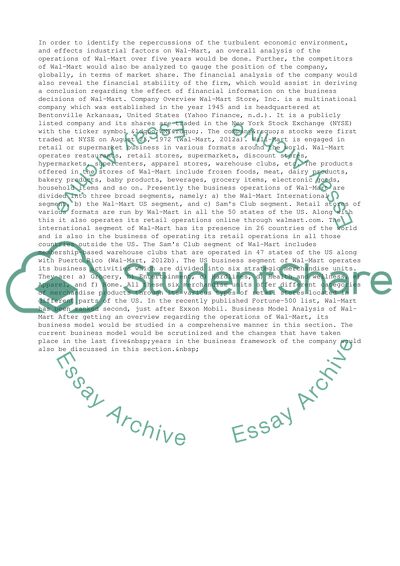Cite this document
(“Financial Information for Business Decisions Essay”, n.d.)
Financial Information for Business Decisions Essay. Retrieved from https://studentshare.org/business/1403776-financial-information-for-business-decisions
Financial Information for Business Decisions Essay. Retrieved from https://studentshare.org/business/1403776-financial-information-for-business-decisions
(Financial Information for Business Decisions Essay)
Financial Information for Business Decisions Essay. https://studentshare.org/business/1403776-financial-information-for-business-decisions.
Financial Information for Business Decisions Essay. https://studentshare.org/business/1403776-financial-information-for-business-decisions.
“Financial Information for Business Decisions Essay”, n.d. https://studentshare.org/business/1403776-financial-information-for-business-decisions.


